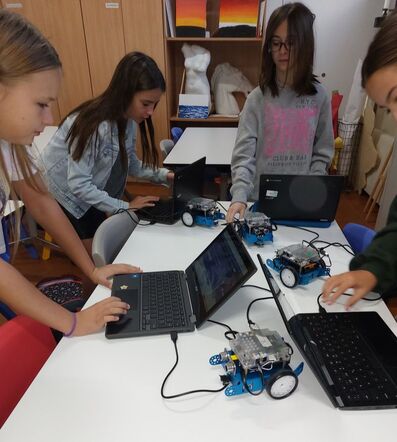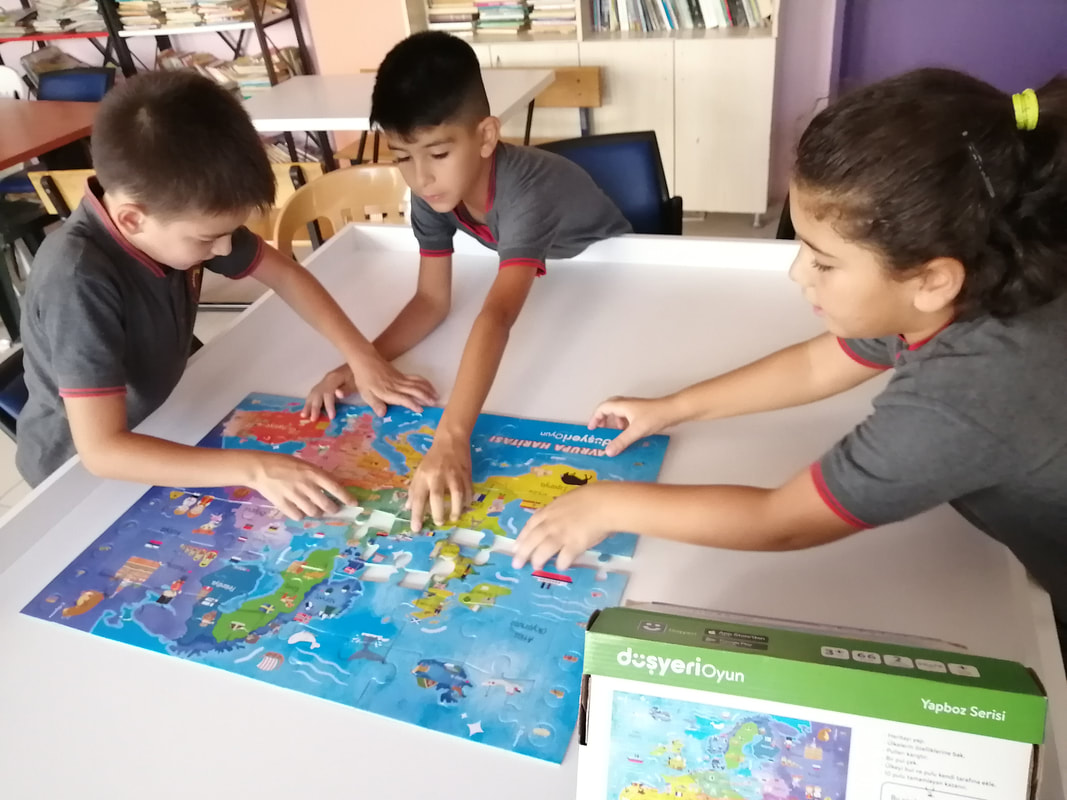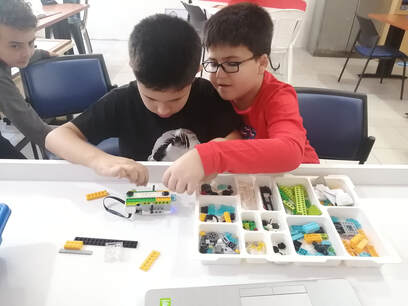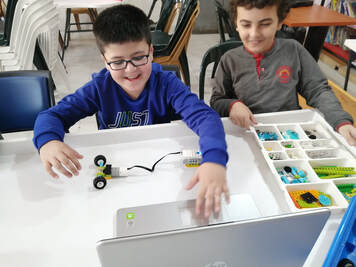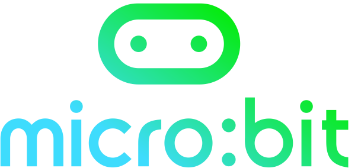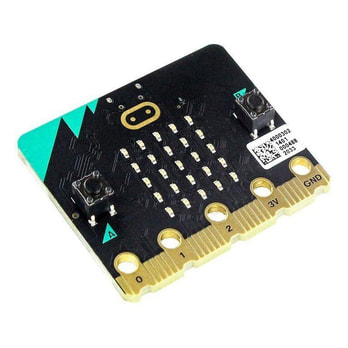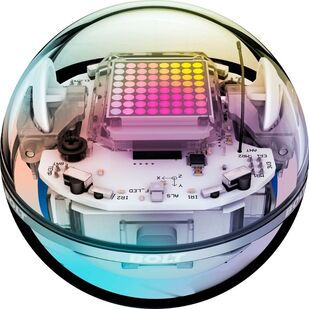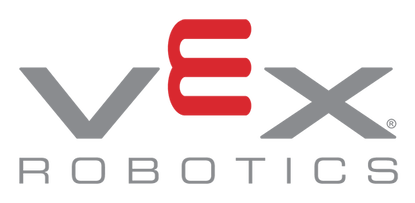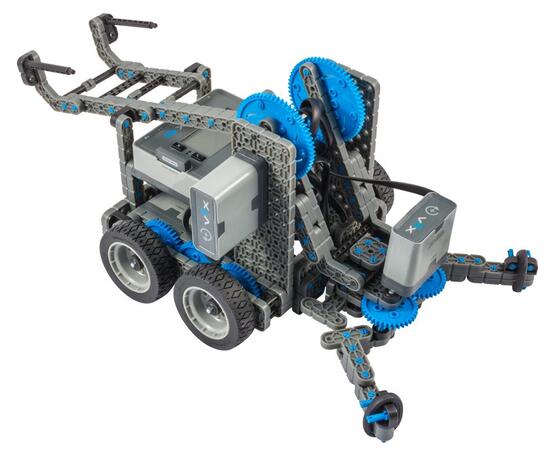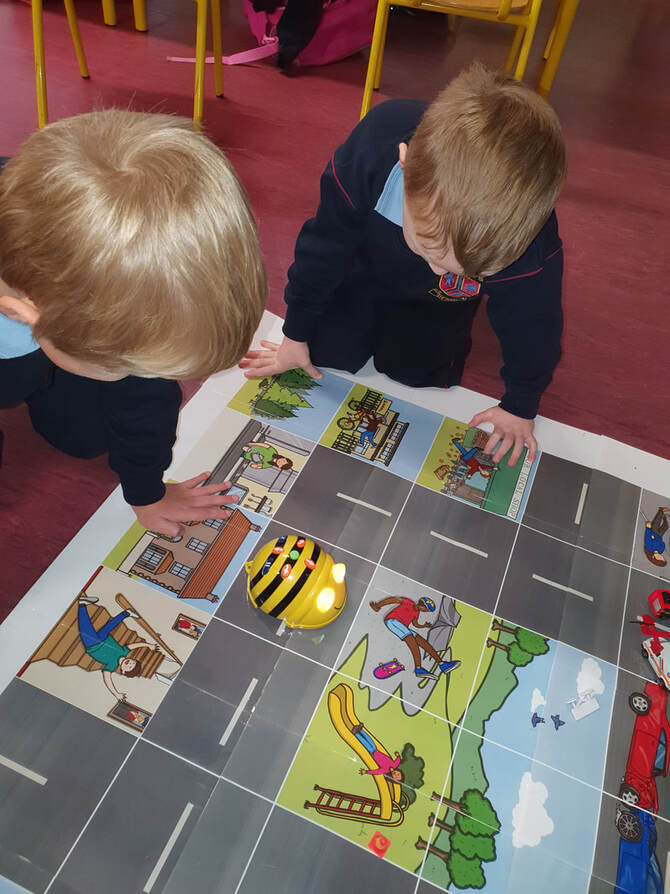
Why use Educational Robotics?
Educational robotics is a methodology that involves the use of robotics to generate competences inside regular curricula. It has the aim to involve students of all ages, from kindergarten to high school, in the study of STEM subjects with a new approach.
Technological tools may promote inclusion, that means that talented students and students with learning difficulties can easily work together. These technological tools do not automatically guarantee good results without appropriate pedagogical approaches. We therefore need to understand why and how we should use robotics in our teaching.
The use of educational robotics encourages students in guided discovery and in problem solving; students get used to working in teams to solve problems, find solutions and verify results.
As robots are commonly associated with games, robotics kits thereby are learning mediators: they combine the reconstruction of the knowledge the students get during the school activities, with creation, invention and conceptualization, developing skills and competences along the way.
Learning emerges from cooperative working; the teacher becomes a facilitator of the learning process. Robotics involves students with different cultures, linguistic heritage, age, learning styles, gender: girls love robots and are more engaged in STEM subjects when working with robots.
Educational robotics can easily find a place in traditional math and science curricula to develop key competences: it increases learning motivation, the use of a proper language, the growing of mathematical, scientific and digital skills, helps to develop entrepreneurship.
Educational robotics is a methodology that involves the use of robotics to generate competences inside regular curricula. It has the aim to involve students of all ages, from kindergarten to high school, in the study of STEM subjects with a new approach.
Technological tools may promote inclusion, that means that talented students and students with learning difficulties can easily work together. These technological tools do not automatically guarantee good results without appropriate pedagogical approaches. We therefore need to understand why and how we should use robotics in our teaching.
The use of educational robotics encourages students in guided discovery and in problem solving; students get used to working in teams to solve problems, find solutions and verify results.
As robots are commonly associated with games, robotics kits thereby are learning mediators: they combine the reconstruction of the knowledge the students get during the school activities, with creation, invention and conceptualization, developing skills and competences along the way.
Learning emerges from cooperative working; the teacher becomes a facilitator of the learning process. Robotics involves students with different cultures, linguistic heritage, age, learning styles, gender: girls love robots and are more engaged in STEM subjects when working with robots.
Educational robotics can easily find a place in traditional math and science curricula to develop key competences: it increases learning motivation, the use of a proper language, the growing of mathematical, scientific and digital skills, helps to develop entrepreneurship.
What kind of competences can we grow with Educational Robotics?
First of all we have to remember that key competences are a combination of knowledge, skills and attitudes.
The key competencies identified by the European Commission for the Life Long Learning are those described hereafter. Key Competences are very important for personal fulfilment and development, for social inclusion, active citizenship and employment.
How can Educational Robotics develop these skills?
Designing, building and programming robots means having to share ideas, drawings; it means collaborating, team-‐working. The continuous exchange of ideas among the members of the group enables the improvement of the communicative skills of the students who must communicate their own ideas clearly and synthetically at many levels, through many means of communication: design, technical text and oral communication. In order to be able to conduct research and be able to build robots, students spontaneously work with foreign languages, reading instructions, finding information on the internet and, sometimes, also working on web conferences on common projects with pairs from abroad. The obvious link between robotics and mathematical, scientific and technological disciplines often makes it more difficult to understand how radically the lessons of these subjects can change from the methodological and process point of view with the introduction of the use of robots. Educational robotics enables the understanding of scientific topics from various points of view and makes them more comprehensible to different types of learners. Furthermore, the conception of error changes radically: the error is no longer seen as a judgment but as an incentive to change one's own skills.
Digital competency is a key competence evidently linked with educational robotics. In order to program robots it is necessary to use computers. Furthermore, working with robotics inside the regular curriculum, often requires the recording of data or the presentation of the results of a project; that’s why students use many digital tools and apps.
The role of the teacher changes, when working with educational robotics. The teacher becomes a coach; he/she has the task to coordinate activities. Students are pushed into learning processes linked with observation, experimentation, abstraction and theorization, becoming able to build their own awareness and explicit way of learning.
Team-‐working and the acceptance of contributions from each team member allow students to recognize differences and accept them to improve the work of the group. Recognizing and collaborating with diversity are two components of the social aspects that educational robotics contributes to develop. A sense of initiative and entrepreneurship is experienced by students at many different levels:
First of all we have to remember that key competences are a combination of knowledge, skills and attitudes.
The key competencies identified by the European Commission for the Life Long Learning are those described hereafter. Key Competences are very important for personal fulfilment and development, for social inclusion, active citizenship and employment.
How can Educational Robotics develop these skills?
Designing, building and programming robots means having to share ideas, drawings; it means collaborating, team-‐working. The continuous exchange of ideas among the members of the group enables the improvement of the communicative skills of the students who must communicate their own ideas clearly and synthetically at many levels, through many means of communication: design, technical text and oral communication. In order to be able to conduct research and be able to build robots, students spontaneously work with foreign languages, reading instructions, finding information on the internet and, sometimes, also working on web conferences on common projects with pairs from abroad. The obvious link between robotics and mathematical, scientific and technological disciplines often makes it more difficult to understand how radically the lessons of these subjects can change from the methodological and process point of view with the introduction of the use of robots. Educational robotics enables the understanding of scientific topics from various points of view and makes them more comprehensible to different types of learners. Furthermore, the conception of error changes radically: the error is no longer seen as a judgment but as an incentive to change one's own skills.
Digital competency is a key competence evidently linked with educational robotics. In order to program robots it is necessary to use computers. Furthermore, working with robotics inside the regular curriculum, often requires the recording of data or the presentation of the results of a project; that’s why students use many digital tools and apps.
The role of the teacher changes, when working with educational robotics. The teacher becomes a coach; he/she has the task to coordinate activities. Students are pushed into learning processes linked with observation, experimentation, abstraction and theorization, becoming able to build their own awareness and explicit way of learning.
Team-‐working and the acceptance of contributions from each team member allow students to recognize differences and accept them to improve the work of the group. Recognizing and collaborating with diversity are two components of the social aspects that educational robotics contributes to develop. A sense of initiative and entrepreneurship is experienced by students at many different levels:
- through the sharing of their own ideas during the robot design;
- listening to the ideas of classmates;
- through the management of the group;
- through the proposal of personal solutions at programming level.
- Cultural awareness and expression are competences that are usually presented through creativity. There are many students who re-‐process the robot idea, creating innovative and aesthetic designs and personalization of the robot.
Digital competency is a key competence evidently linked with educational robotics. In order to program robots it is necessary to use computers. Furthermore, working with robotics inside the regular curriculum, often requires the recording of data or the presentation of the results of a project; that’s why students use many digital tools and apps.
The role of the teacher changes, when working with educational robotics. The teacher becomes a coach; he/she has the task to coordinate activities. Students are pushed into learning processes linked with observation, experimentation, abstraction and theorization, becoming able to build their own awareness and explicit way of learning.
Team-‐working and the acceptance of contributions from each team member allow students to recognize differences and accept them to improve the work of the group. Recognizing and collaborating with diversity are two components of the social aspects that educational robotics contributes to develop. A sense of initiative and entrepreneurship is experienced by students at many different levels:
The role of the teacher changes, when working with educational robotics. The teacher becomes a coach; he/she has the task to coordinate activities. Students are pushed into learning processes linked with observation, experimentation, abstraction and theorization, becoming able to build their own awareness and explicit way of learning.
Team-‐working and the acceptance of contributions from each team member allow students to recognize differences and accept them to improve the work of the group. Recognizing and collaborating with diversity are two components of the social aspects that educational robotics contributes to develop. A sense of initiative and entrepreneurship is experienced by students at many different levels:
- through the sharing of their own ideas during the robot design;
- listening to the ideas of classmates;
- through the management of the group;
- through the proposal of personal solutions at programming level.
- Cultural awareness and expression are competences that are usually presented through creativity. There are many students who re-‐process the robot idea, creating innovative and aesthetic designs and personalization of the robot.
STEAM TEAMS Guide to using Robotics in Primary Classes
|
Using robotics in the primary classroom should be a fun and educational experience. It can spark students' interest in STEM and help them develop valuable skills that will serve them well in the future. Based on our project work here are some steps in starting with robotics in your school:
|
Platforms we use
These are some of the robotics platforms we used in the course of our project:
BBC Micro:Bit
|
The BBC micro:bit is a small, programmable computing device designed to introduce students to coding and computer science concepts in a fun and interactive way. The micro:bit can be used with a wide range of grade levels. Additionally, support and resources are available for both students and teachers, such as tutorials, lesson plans, and coding examples.
|
Key features of the BBC micro:bit include:
- Compact Design: The micro:bit is a small, pocket-sized device equipped with a 5x5 LED display, buttons, sensors, and other input/output features.
- Programmable: Users can write code for the micro:bit using various programming languages, including Python, JavaScript, and block-based languages like Microsoft MakeCode and Scratch. This versatility allows learners with different levels of coding experience to engage with the device.
- Sensors and Inputs: The micro:bit includes built-in sensors, such as an accelerometer and a magnetometer, as well as buttons for input. This enables students to create projects that respond to motion, orientation, and button presses.
- Connectivity: The micro:bit has built-in Bluetooth, allowing it to connect and communicate with other micro:bits, computers, tablets, and smartphones. This feature opens up possibilities for collaborative projects and interactions with the broader digital world.
|
|
How we used it in our classes:
|
SPHERO
|
Sphero is a spherical robot that can be used in educational settings to teach various STEM (Science, Technology, Engineering, and Mathematics) concepts. It's a versatile tool that can be adapted to various grade levels and subject areas, making it a valuable addition to the classroom.
Our Turkish partner used Sphero to introduce the concept of robotics to students. They programmed it by using the Sphero Edu block-based coding platform. Students created programs to control Sphero's movement, change its colours, and respond to sensors. They assigned challenges that required students to use programming to navigate Sphero through obstacle courses, mazes, or other scenarios. This encouraged critical thinking and problem-solving skills. Students experimented with Sphero's movement and learned about concepts like speed, acceleration, and the effects of force and motion. They Incorporated maths concepts such as geometry, angles, and measurement into Sphero activities. Sphero's LED lights and colour-changing capabilities can be used for artistic and creative projects. Students can design and program There are a range of sphero robots. (We utilised the Sphero Bolt) |
Find more information on Sphero here: https://sphero.com/collections/coding-robots
VEX Robotics
|
VEX Robotics is a robotics program which can be used with primary students. It is part of a broader continuum of robotics programs. This begins with VEX 1,2,3 which is targetted at KG to 2nd grade. This then progresses to VEX Go which is targetted to grades 3 and then to VEX IQ which spans from upper primary to middle school grades. above. (For the purposes of this project the Irish partner shared their experience with VEX. IQ. It was agreed between the partners that this was quite a challenging robotics programme).
|
|
There is a broad range of tools and curriculum resources available. As there was only two vex sets in the class, work was done in groups with each group taking turns building their robot. Each child in the group had a role to play and were given a title; Builder, Instructor, Supervisor, Designer. There is an annual VEX IQ competition and once each grop had cpomplted their robot they were shown the VEX IQ Challenge ( in our case we used an older challenge from 2020- 2021 called 'Rise Above'. The rules were explained and then the children in their groups discussed strategies on how best to play each game with their robot.
There is an immense body of videos and online tutorials available. This video gives an overview of the VEX IQ teachers page: https://vimeo.com/757744026 |
